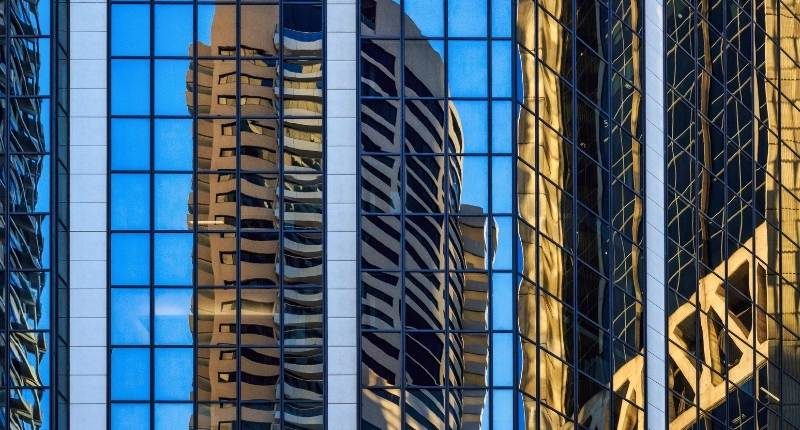- Demand for prime assets increased
- Sub 1,000sqm tenancies being snapped up by SME's
- After a Christmas slowdown, tenants are now taking advantage of increasingly attractive market incentives
Inspection numbers are on the rise across the Sydney office market, suggests data from Colliers.
An early lull in office leasing activity subsided during February and March as tenants appear keen to take advantage of increasingly attractive market incentives.
The data compared inspection numbers from the beginning of the pandemic to April 2022, showing that demand surged late in 2021 before a decline over Christmas.
An extended period of demand occurred during the early part of 2022 as both the CBD and workspaces continued to open. During the first quarter of 2022, 33,555 sqm of supply was added to the Sydney CBD market.
All of this was refurbishments, according to the Colliers Research Q1 2022 Australian CBD Office Snapshot.
Over the first quarter, average face rents continued recovering. Average premium rents increased by 1.1% over the first quarter of 2022, with A-grade increasing by 0.7% and B-grade increasing by 1.6%.
Incentive levels mostly remained level over the quarter, at 34% for both prime and secondary.
“From Q4 2021 to Q2 2022, I have found that more than 90 per cent of companies I have dealt with in the sub-1,000sqm space have asked their employees to return to work from early March, in line with the lifting of the mask mandate,” Colliers Director of Office Leasing Trent Stephens said.
“Demand has come from a large cross section including the technology sector, private equity, healthcare, finance, insurance, recruitment, construction and accounting firms to name a few.”
“What we are now starting to see is tenants are looking for space larger than what they required prior to the initial Covid lockdown to create a more collaborative and homely environment.”
Trent Stephens, Colliers
Over the quarter, the Prime vacancy rate decreased to 8.4% whereas Secondary vacancy increased to 10.8%.
Flight to quality
As the Prime vacancy rate decreased, it has become apparent an emerging theme is for occupiers to seek out higher quality workspaces. Small to medium sized businesses have been snapping up much of the sub-1000sqm stock.
“The large end of town, who was previously impacted by the boom in Covid cases and spread in the workplace, moved slowly after lockdown was lifted, but we are now starting to see an increase in commitments,” Mr Stephens said.
“Tenants should start thinking about their next move now as there is pent up demand waiting to explode. Whilst market incentives to move office are higher than they have been for almost a decade, they are not likely to stay around long, especially in the sub-1,000sqm market.”








